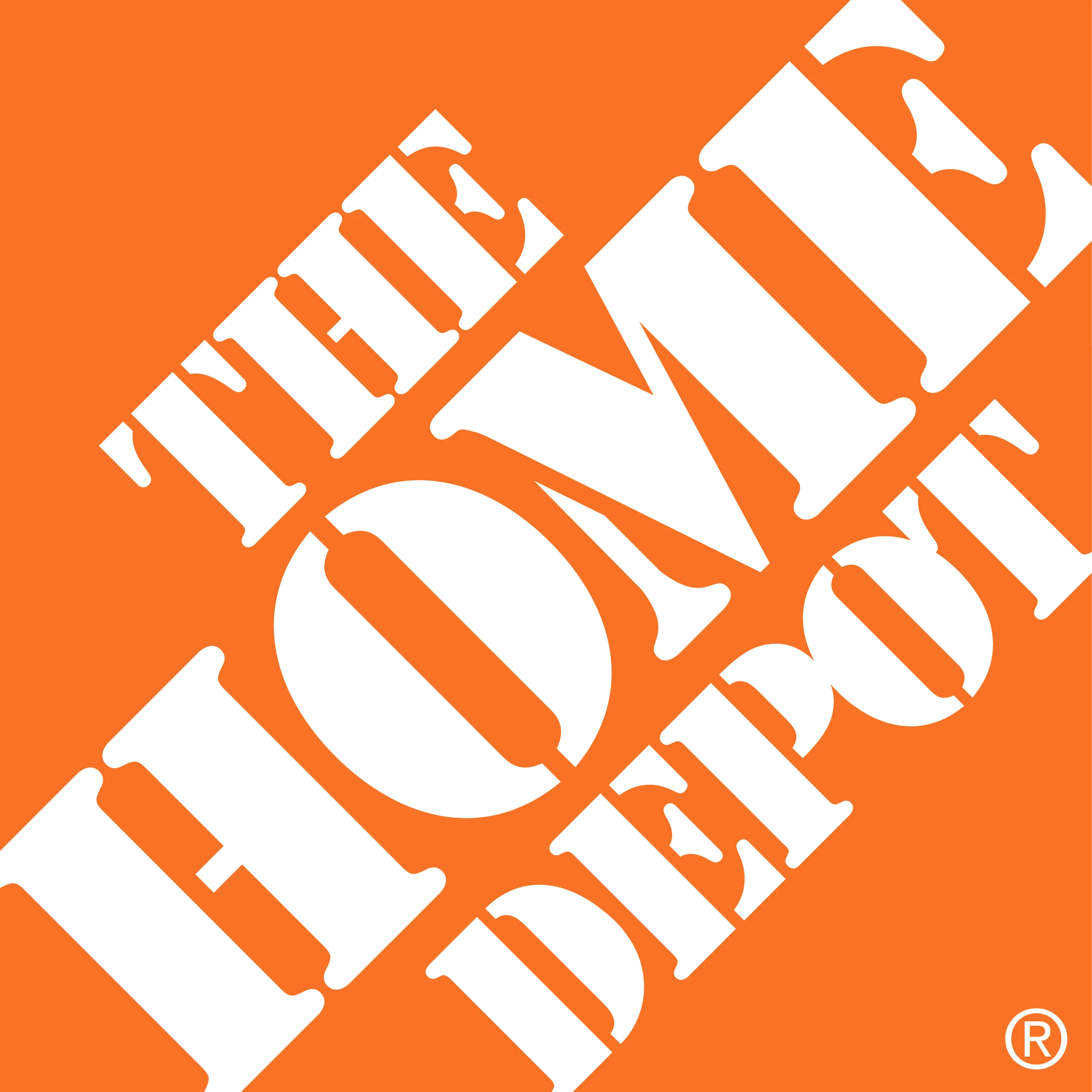Home Depot DIY App
(Student Project)
Curated home improvement projects bundled with instructions, tutorials, and materials lists to make DIY easier for the non-professional crafts people.
Project Brief
As the market leader in home improvement, Home Depot wants to give its customers a tool to help them brainstorm, plan, track, and even document their DIY projects. They also want to make sure this tool and the user’s DIY planning materials are available on whatever other platform they are most likely going to need.
My Role
I worked in a team with three other designers. I contributed to all phases of design including: market research, competitive analysis, ideation, sketching, wire framing, and presentation materials. I also conducted user research in the form of surveys, user interviews, and usability testing.
Market Research
Analyzing DIY market research provided by Venveo Digital Marketing and ESRI GIS, helped my team to identify the primary user for our app. An online questionnaire that was posted on a DIY sub reddit provided further insight into how people use their phones during home improvement projects.
User Interviews And Synthesis
Five user interviews were conducted. Some example questions included:
Are there any ways that you use your phone during the DIY process?
What online tools, websites, forums do you use for DIY projects?
What do you feel has been helpful in completing former DIY projects?
From the interviews the persona of Andy was created to validate all other design decisions moving forward. Our interviews informed us that a major pain point for our users was planning. We used this information to form our problem statement and solution:
Problem: Andy needs a way to keep his DIY project on track because he gets frustrated when he experiences difficulties due to lack of planning
Solution: By designing interactive DIY projects in-house, Home Depot can guarantee the quality and availability of the necessary materials, tools, and instructions for those projects.
Insights from the interviews and surveys were then used for affinity mapping ...
Which lead directly to feature prioritization.
Design Process
After identifying features that we felt were necessary for our DIY app we quickly got into sketching. From our initial design studio we determined that we wanted our app would need instructions, materials lists, and easy to follow tutorials. The materials lists needed to connect to the shopping portion of the app. We went through multiple phases of user testing paper prototypes, and then progressed into wire framing in Sketch and further testing.
Initial testing of paper prototypes
Prototype
We responded to the testing by adding a scratch pad for our users to document their work. We made adjustments to navigation and button placement to make a user flows more understandable. This resulted in our final prototype.
Outcome
As a team, we were able to stay on track and deliver a product that addresses the basic needs addressed in our problem statement. The constraints of time and having to work within the already defined Home Depot app limited the scope of our work. Given more time, I would like to include the following functionality:
Budget tracking
A calendar for scheduling
DIY networking



